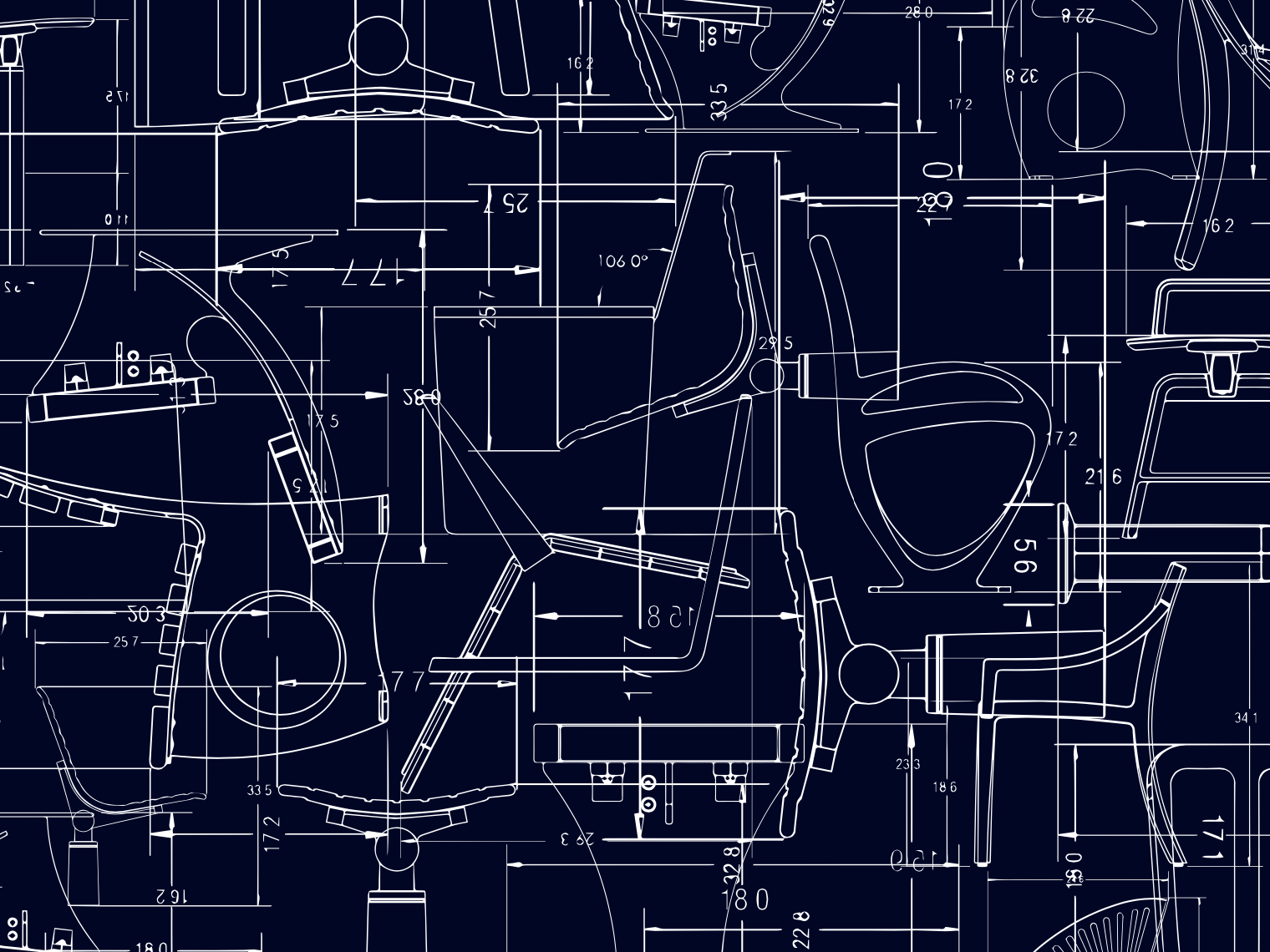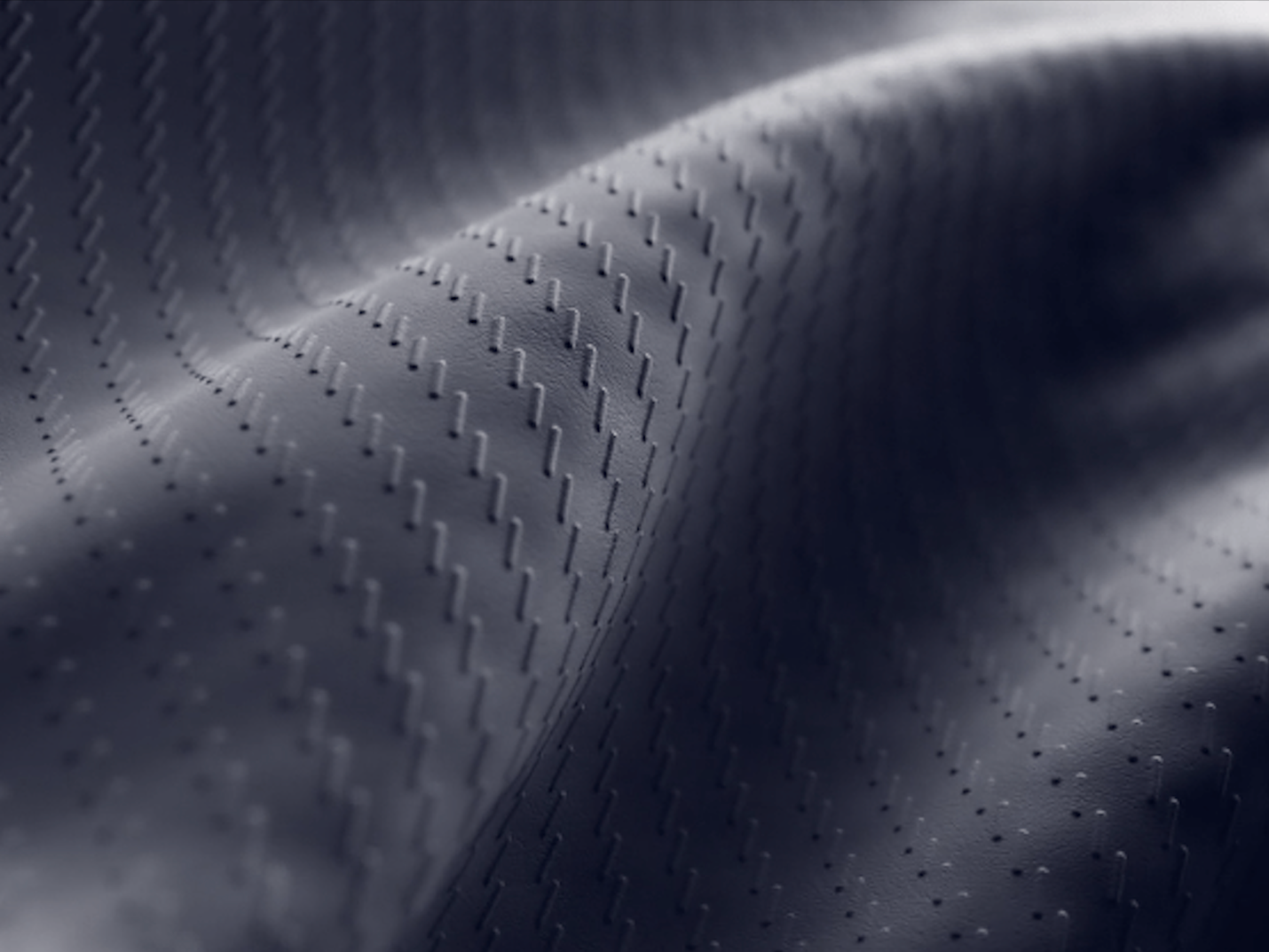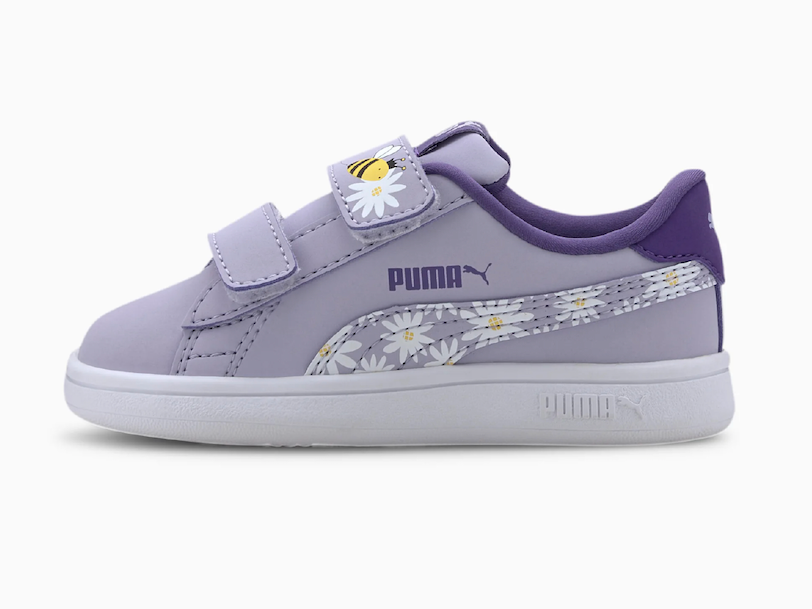This project is a research collaboration between the Rhode Island School of Design (RISD) and Hyundai Motor Group (HMG). Advised by Associate Professor of Textiles, Anna Gitelson-Kahn, I collaborated with Textiles students Daphne Chen, Noah Kantrowitz and Benjamin Doctor.
Beginning on campus and then resuming remotely due to the pandemic, four faculty-led student groups investigated the topic of mobility through the respective lenses of graphic, industrial, sound and textile design. 16 students from 10 departments were selected through a competitive pool of 108 applicants. Eventually, two students were selected to complete a three-month fellowship with Hyundai Motor Company’s Design Studio in Seoul, Korea.
We were asked to develop a concept for “the future of mobility” using biomimicry, with nature as inspiration. As a group, we decided that the future of mobility should be able to adapt to unpredictable circumstances of the world we live in. Accessibility, customizability and conscientiousness are crucial in our vision of the future of mobility.
animation
proposal
Inspired by the way the cockroach responds to environmental factors, we aim to develop textiles that can create an infrastructure for temporary shelter. The textiles intend to serve as protection through mimicking the cockroach's exoskeleton and trachea. We were interested in developing a series of knitted modular units that would allow for customer customization.
initial research
Cushicle and Suitaloon : Michael Webb
A prototype of the cushicle project, proposed by the architecture collective, Archigram, in 1967. We were interested in how this project proposed an nomadic expandable shelter for the wearer, acting as a kind of mobile home.
cockroach research
Envisioning the future of mobility as necessitating temporary infrastructure within urban spaces, were drawn to the ubiquity of the cockroach — its reputation and narrative as indestructible and persistent.
We focused on the chitinous exoskeleton and the respiratory system of the cockroach as a primary source of inspiration for the development of our textiles.
The exoskeleton consists of chitin and cuticle layers that provide support, mobility and protection to its body.
Emulating the raised structure of chitin, we experimented with knit pleats and ottoman structures. An ottoman can be defined as a raised two-layer knit structure that is formed by having an unbalanced front and back side.
Top left: Microscopic illustration of arrangement of microfibrils in chitin
Top right: Rendering compression of multiple rib structures and how they compress to emulate the chitin arrangement.
Bottom left: Blue elastic ottoman knit sample
Bottom right: Blue elastic + rayon ottoman sample
Bottom right: Blue elastic + rayon ottoman sample
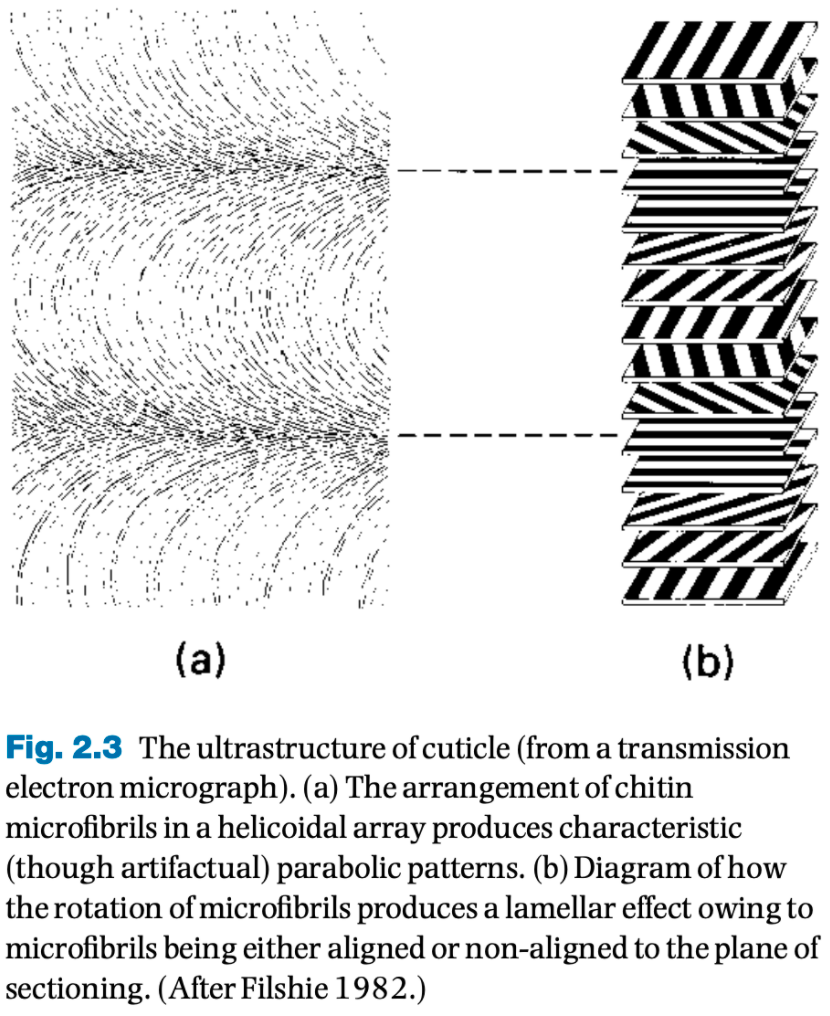


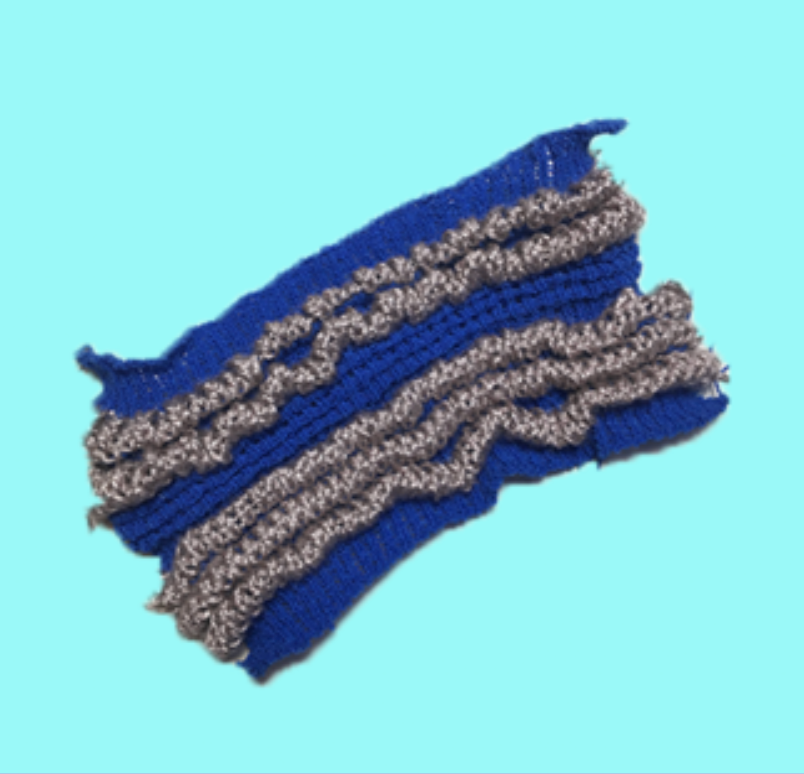

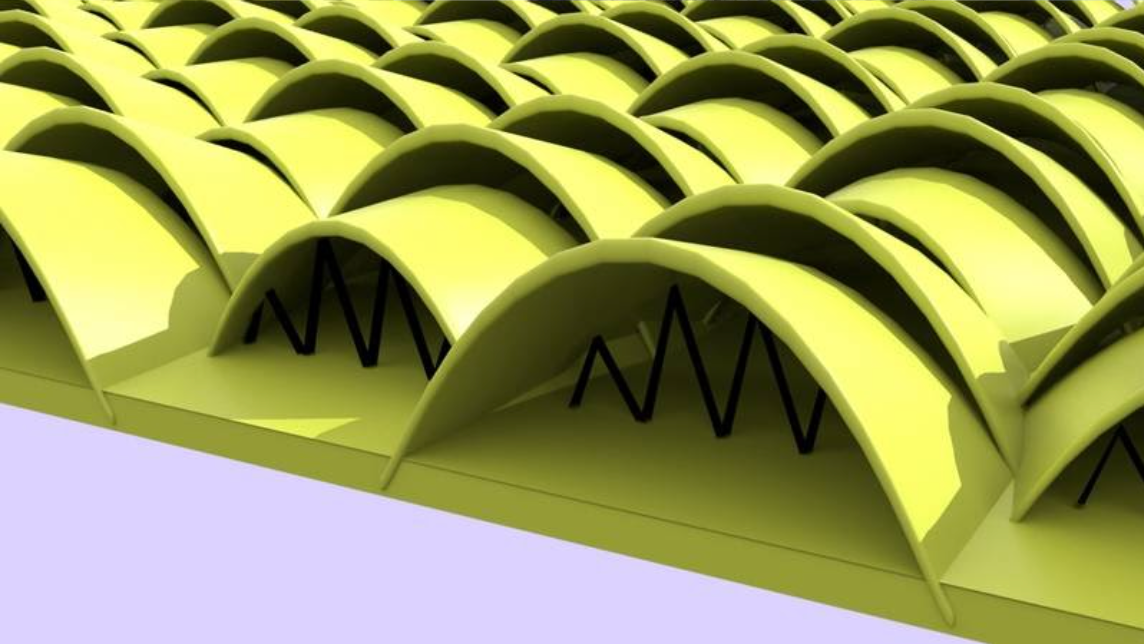
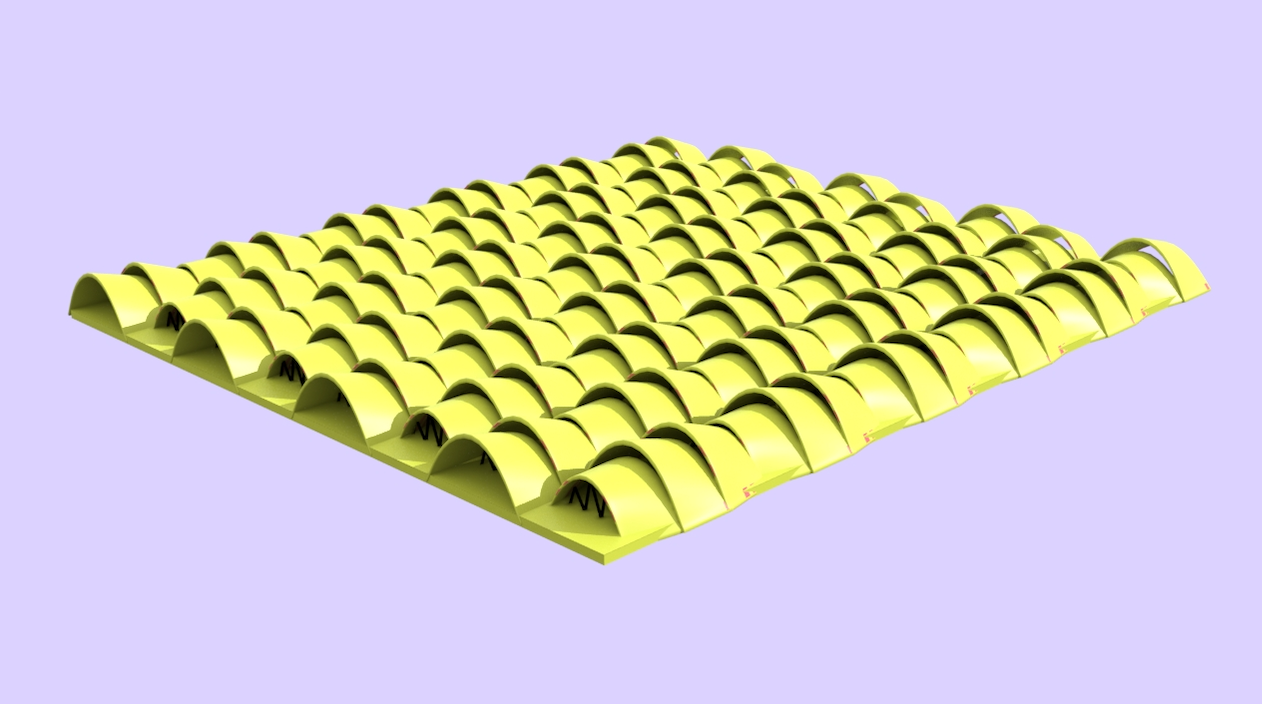
The plates of the exoskeleton are connected only at the spine. When compressed, the curve flattens and the sides of the exoskeletal plates expand outwards.
Top left: The exoskeleton is fortified through the overlapping of exoskeletal plates. This overlapping composition allows for areas of lateral strength along the cockroach’s body, indicated in red.
Top right: Render demonstrating a knitted fabric comprised of many overlapping abdominal plates.
Bottom: Close of up the fabric. Inside the overlapping abdominal plates is a spacer knit structure for shape retention.
Chitin fibers contribute to the rigidity of the tracheal tube while a spiral configuration enables the tubes to deform and restore to their pre-compressed and fully inflated shape.
A combination of tubular and spacer knit structures inspired by the overall visual image of the cockroach’s respiratory system.
Top left: Flap indicating a pocket underneath, allowing airflow through the tubular structure.
Top right: Tubes provide additional strength.
Bottom: Monofilament spacer (red) allows regulation of air flow and compression from external forces.
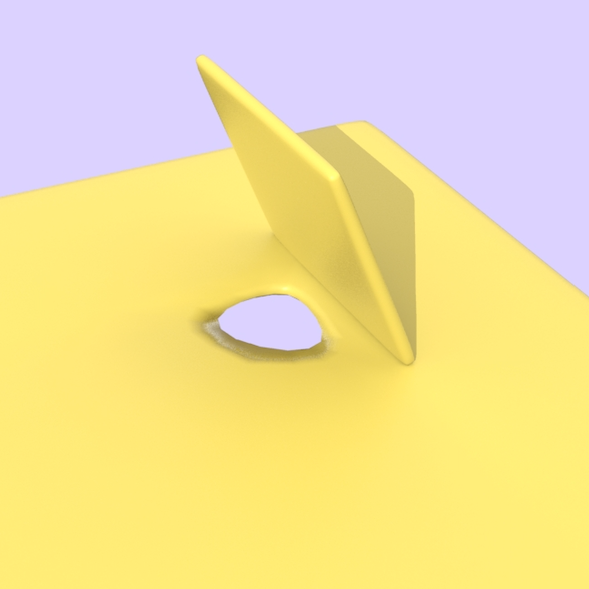


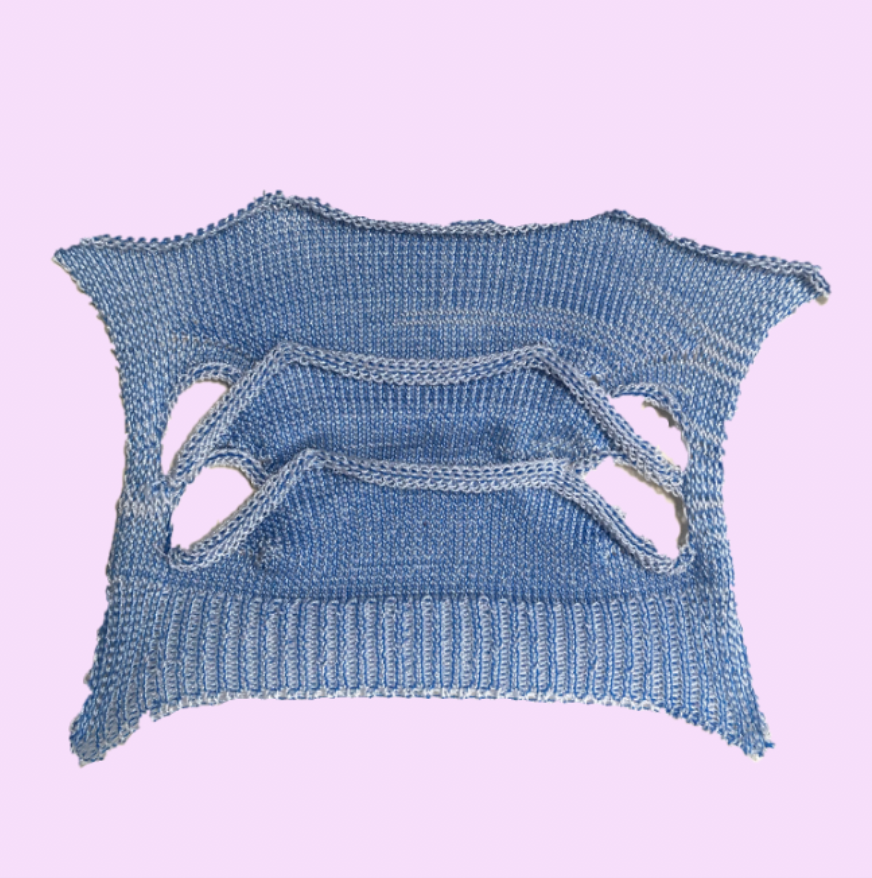
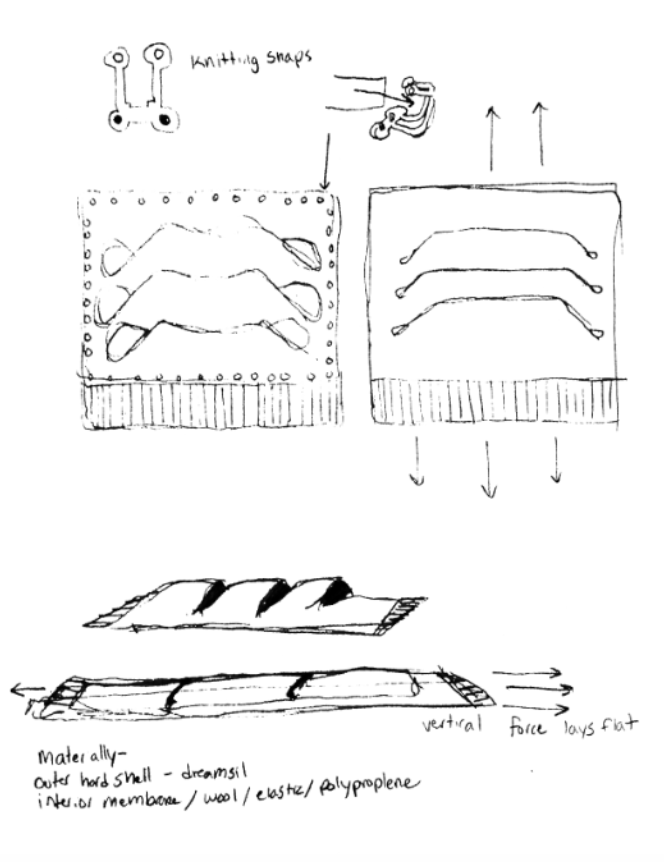
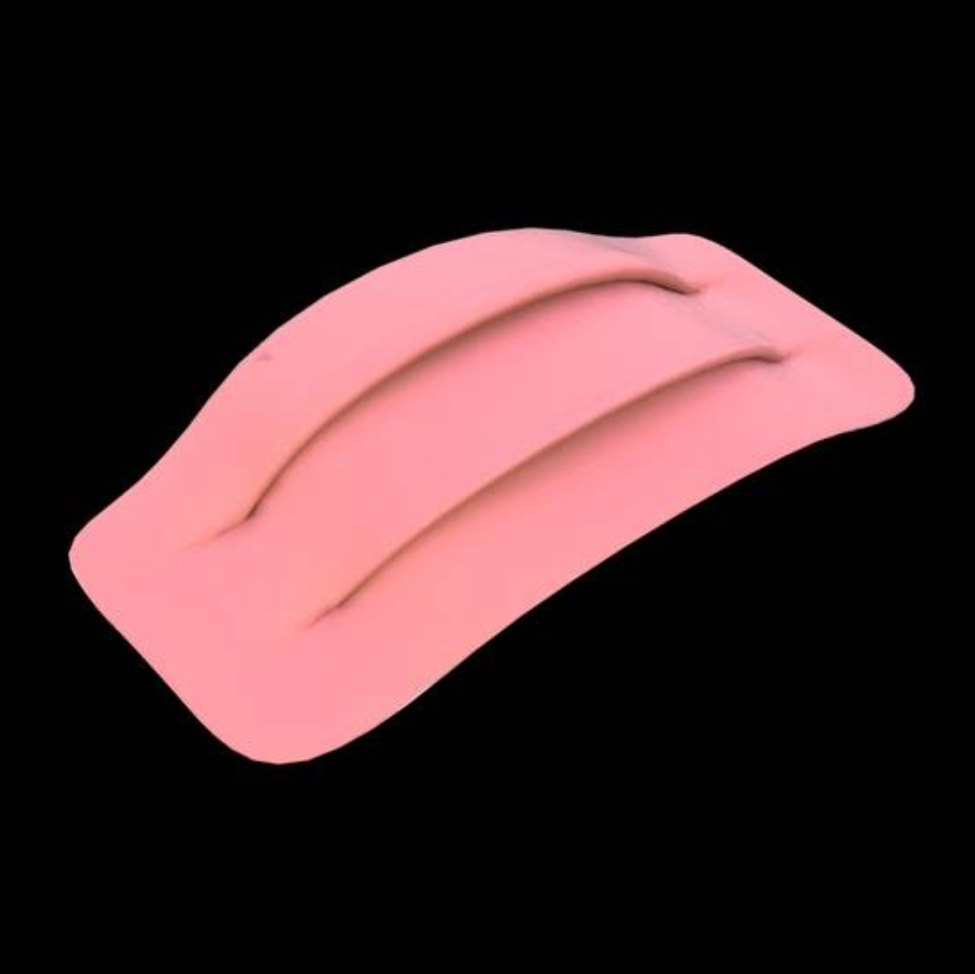
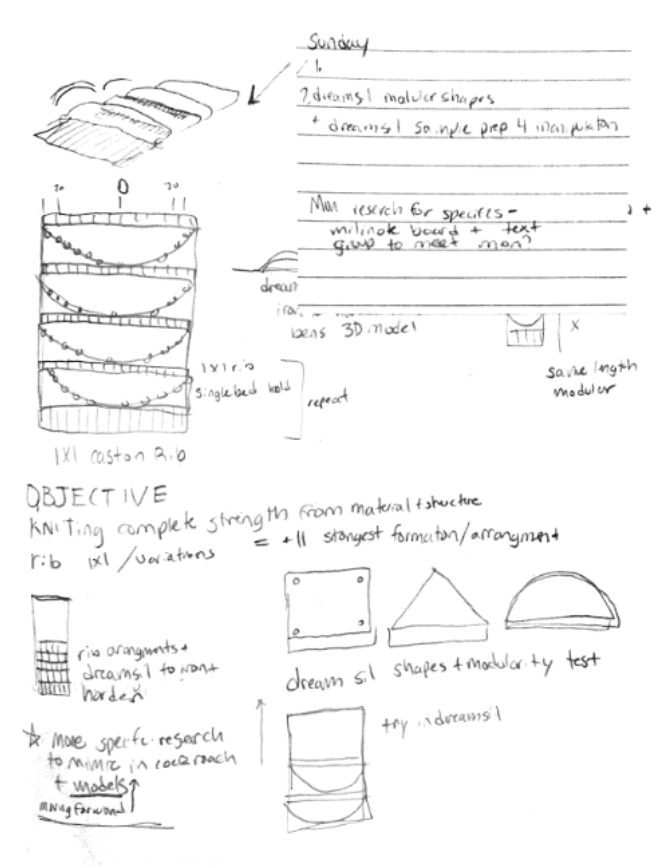
When a cockroach is compressed, it expands out and elongates.
Top left: Blue elastic and polypropylene knit sample sample completed on a domestic double bed machine.
Bottom left: This render demonstrates the flattening of a curved shape.
Right: Sketches of compressible knit structures with modular connections. Slits represent different sections of abdomen that are able to bounce back with external force and pressure.
Knitted samples with a convex shape. Exploring shape retention through material and structure.
Left: Grey elastic and polypropylene
Right: Grey elastic with thermoplastic "shell" to replicate exoskeleton.
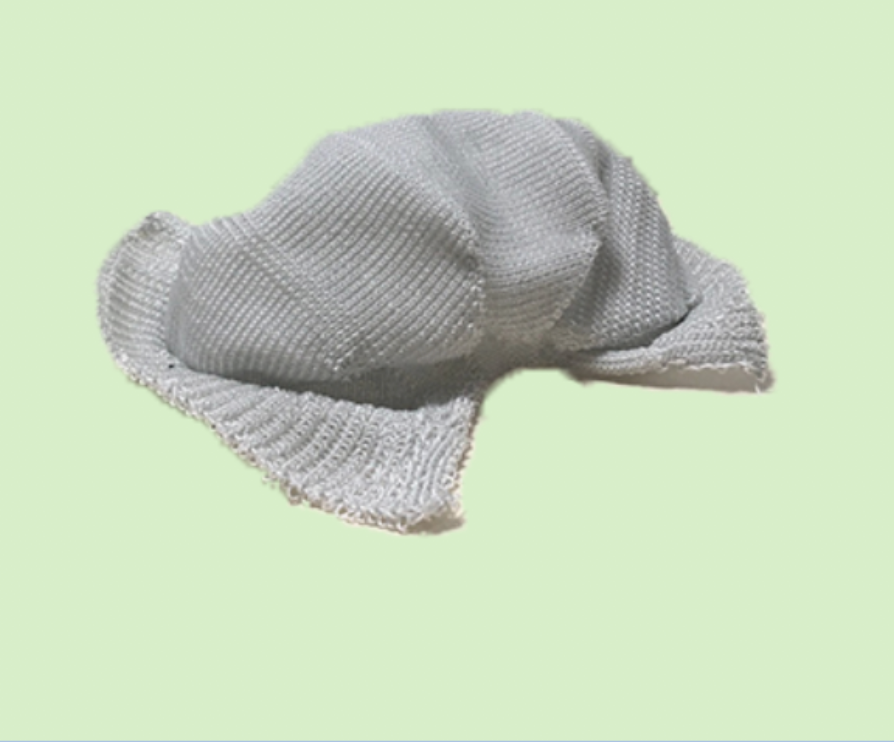
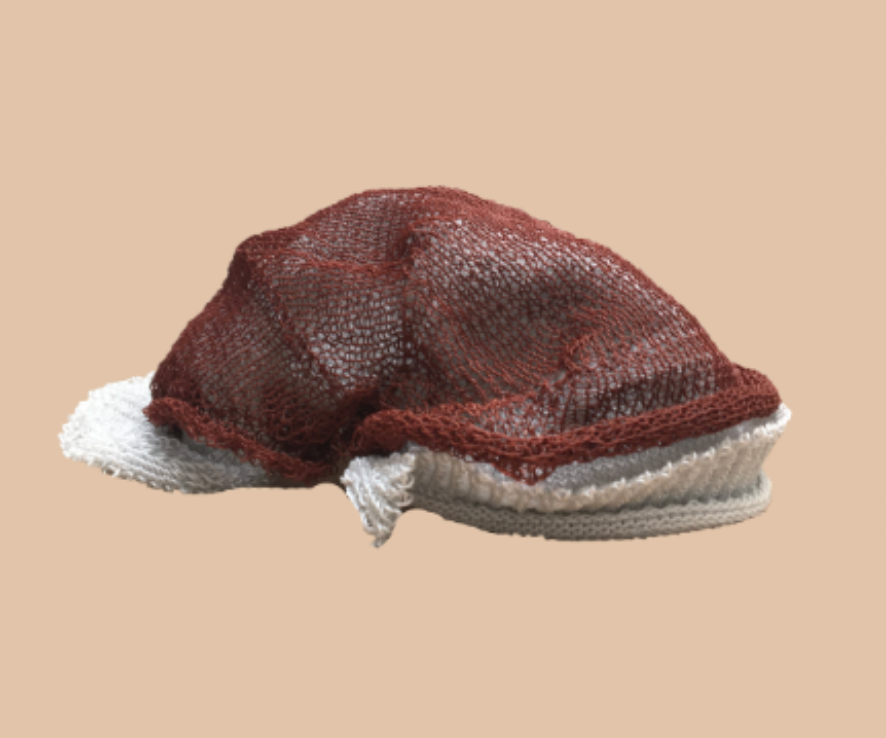
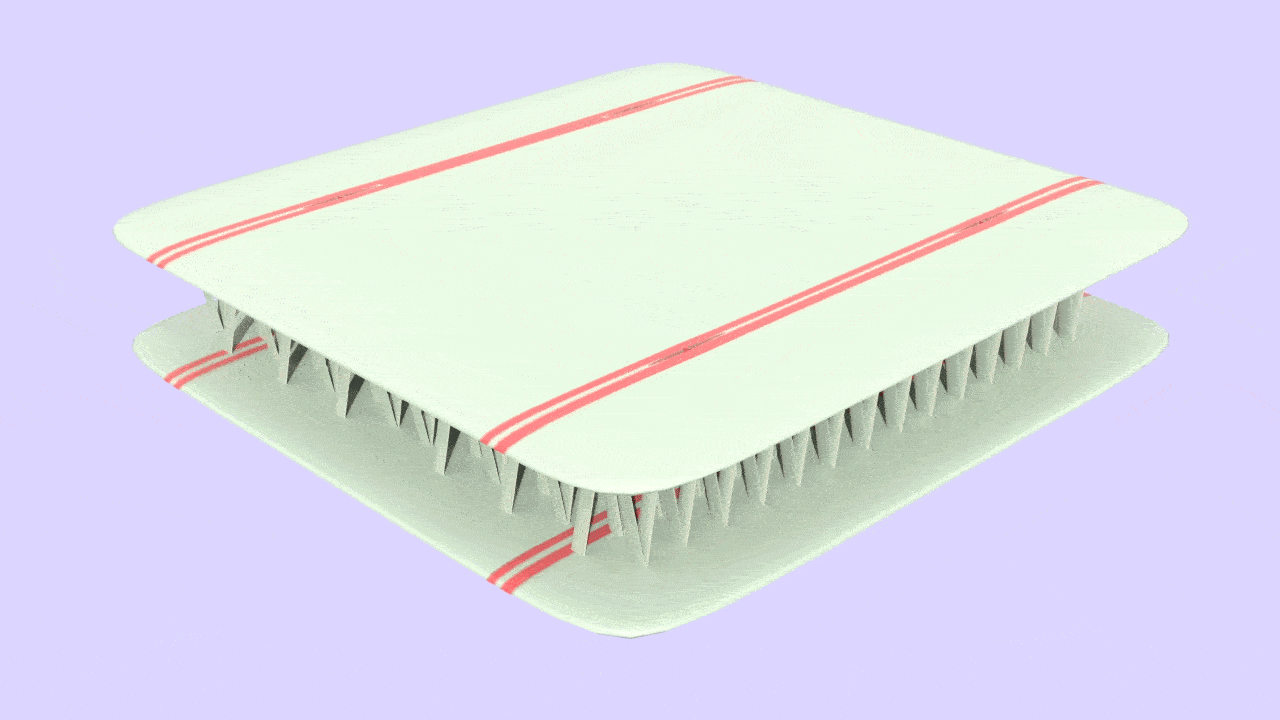
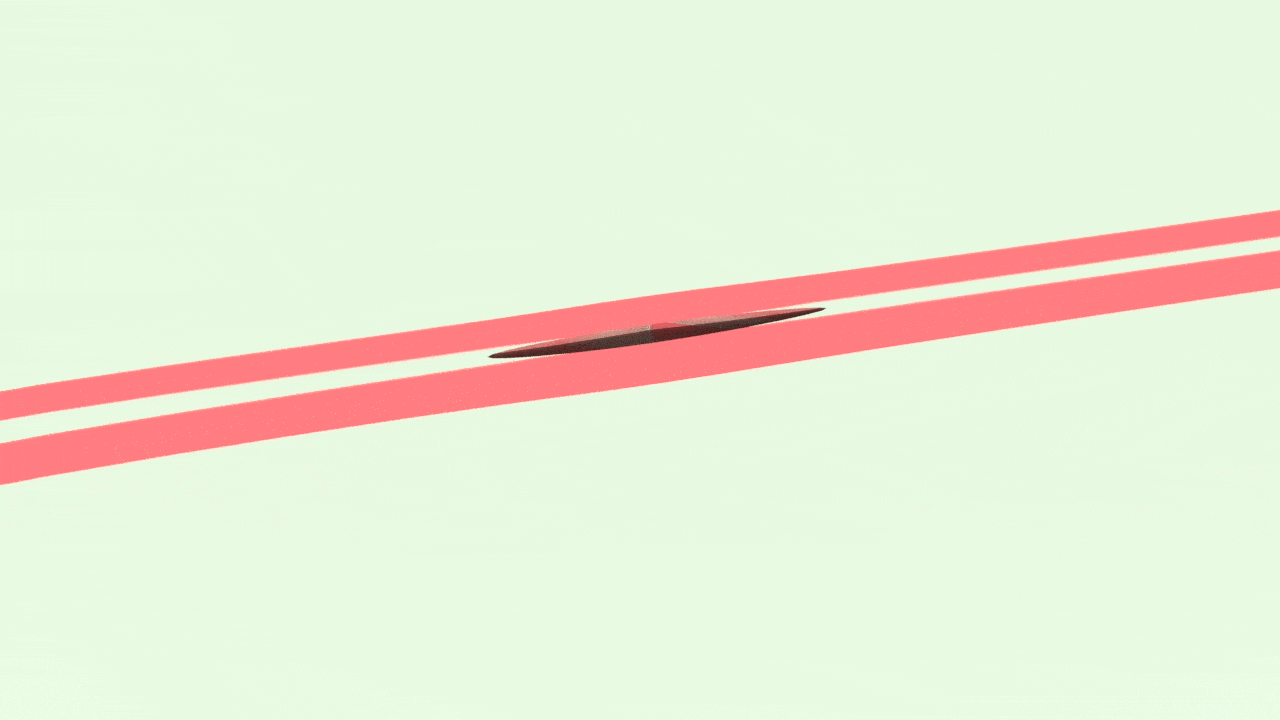
Adaptability of abdominal spiracles open and close in unison during periods of ventilation.
Study has shown that the cockroach spiracle remains closed in dry climate in order to the cockroach to retain moisture in the body.
We wanted to take advantage of this adaptation and adapt it to our textiles in relation to air flow and possible temperature regulation.
We envision that the textile would be reactive to the surrounding temperature. By using a heat memory shape metal alloy in the sample, we hope the open gaps would allow greater airflow in and out of the space created, modulating the overall temperature.
Hot: holes open
Hot: holes open
Cold: holes closed
The overall structure of the knitted textiles would compose of a two layer fabric connected by the spacer yarn in between. In order for the incorporation of the wire we will structurally create another layer connected to the two layers respectively that will allow for a pocket for wire insertion. For example like an ottoman structure shown previously and a double layer pocket such as the one on the right
Top: Wool and thermoplastic covered wire
Bottom: Sketches of knit configurations inspired by tracheal segments and cross sections.
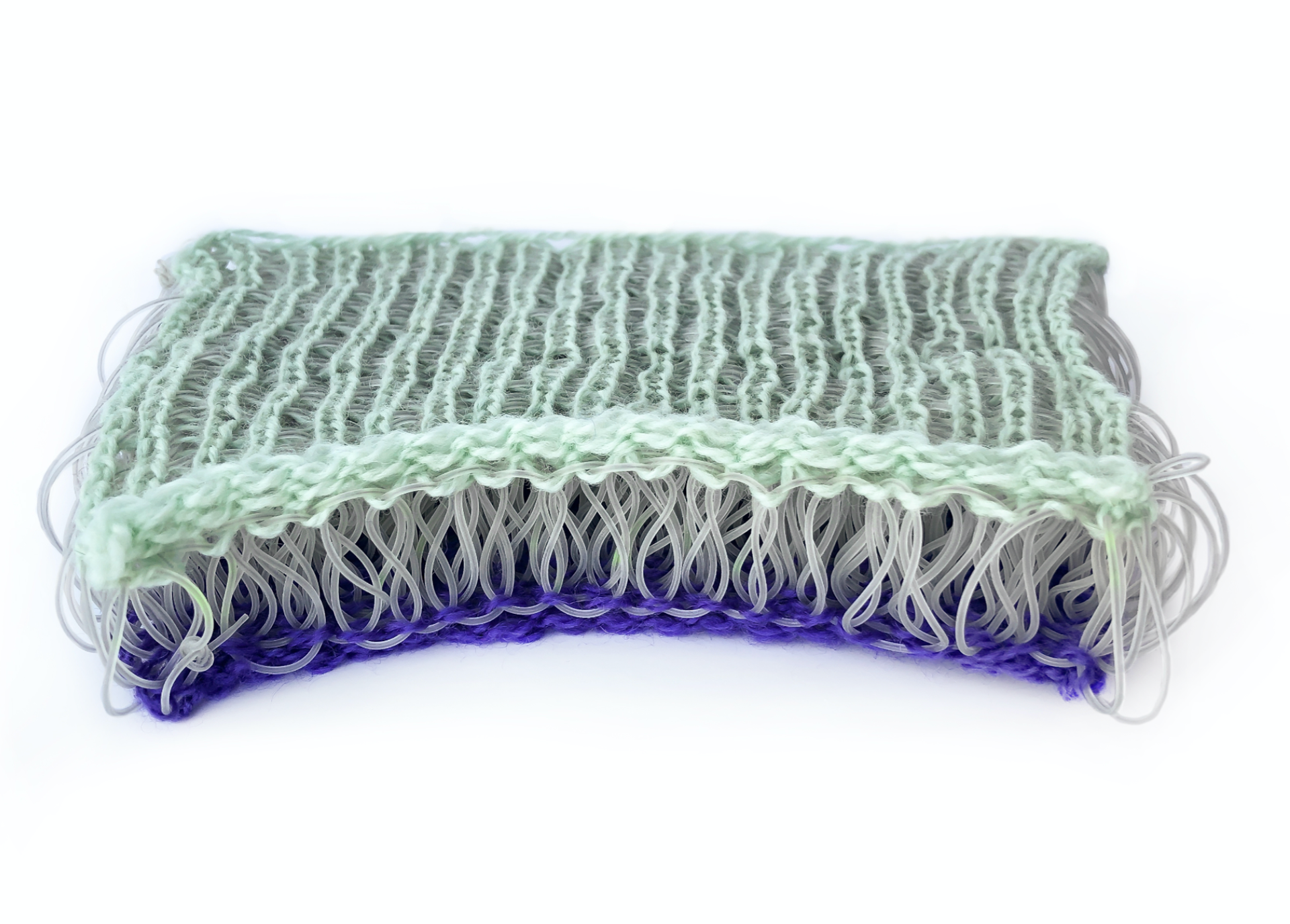
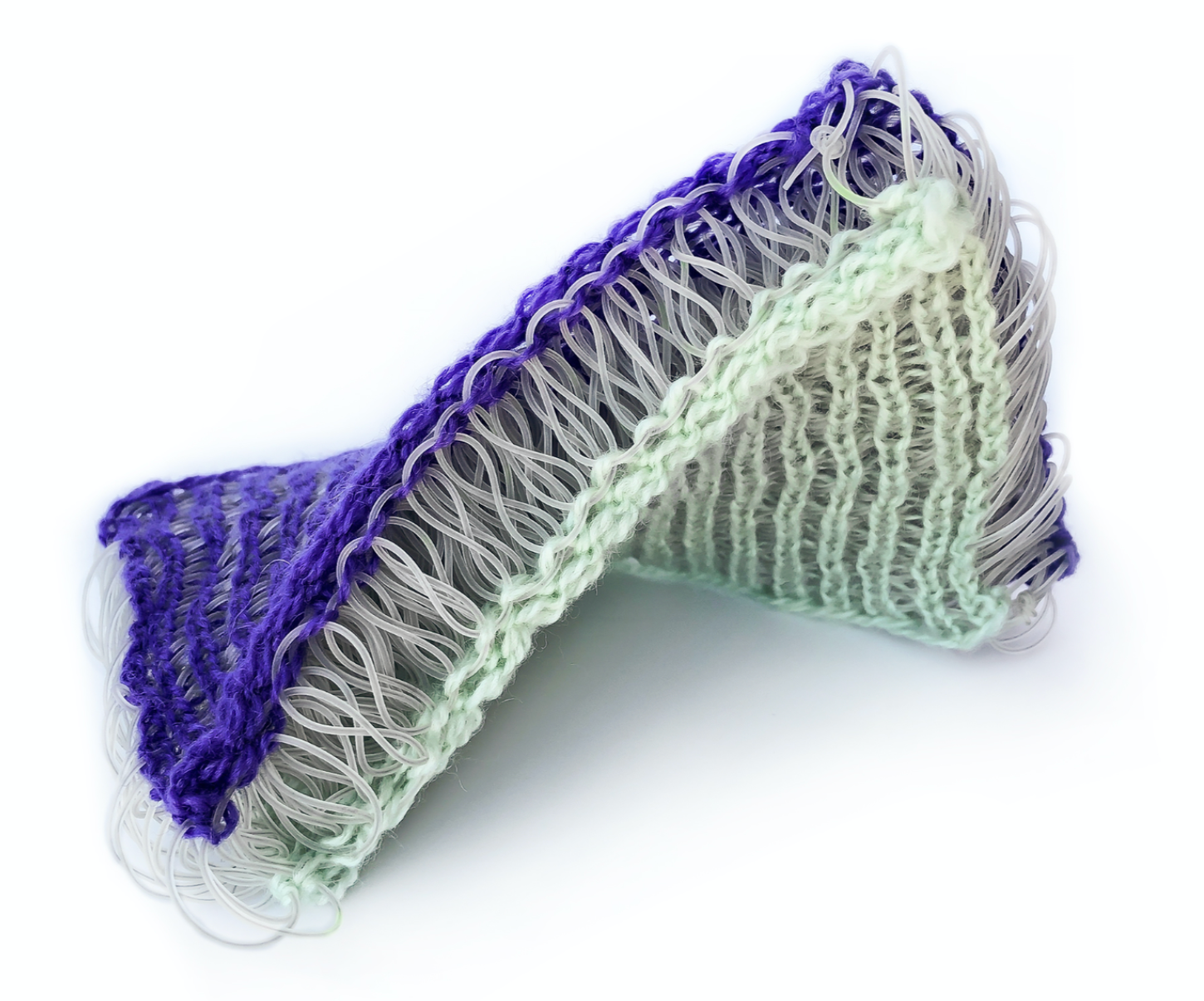
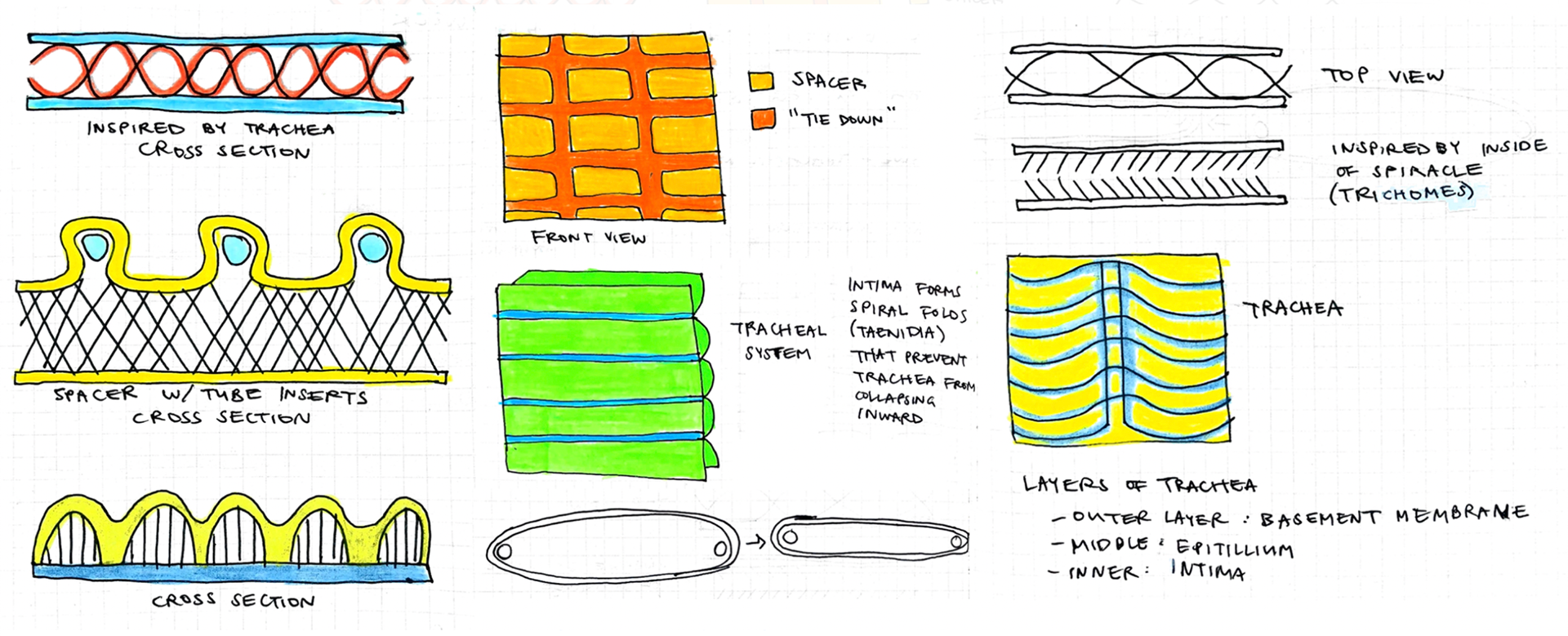
Modularity
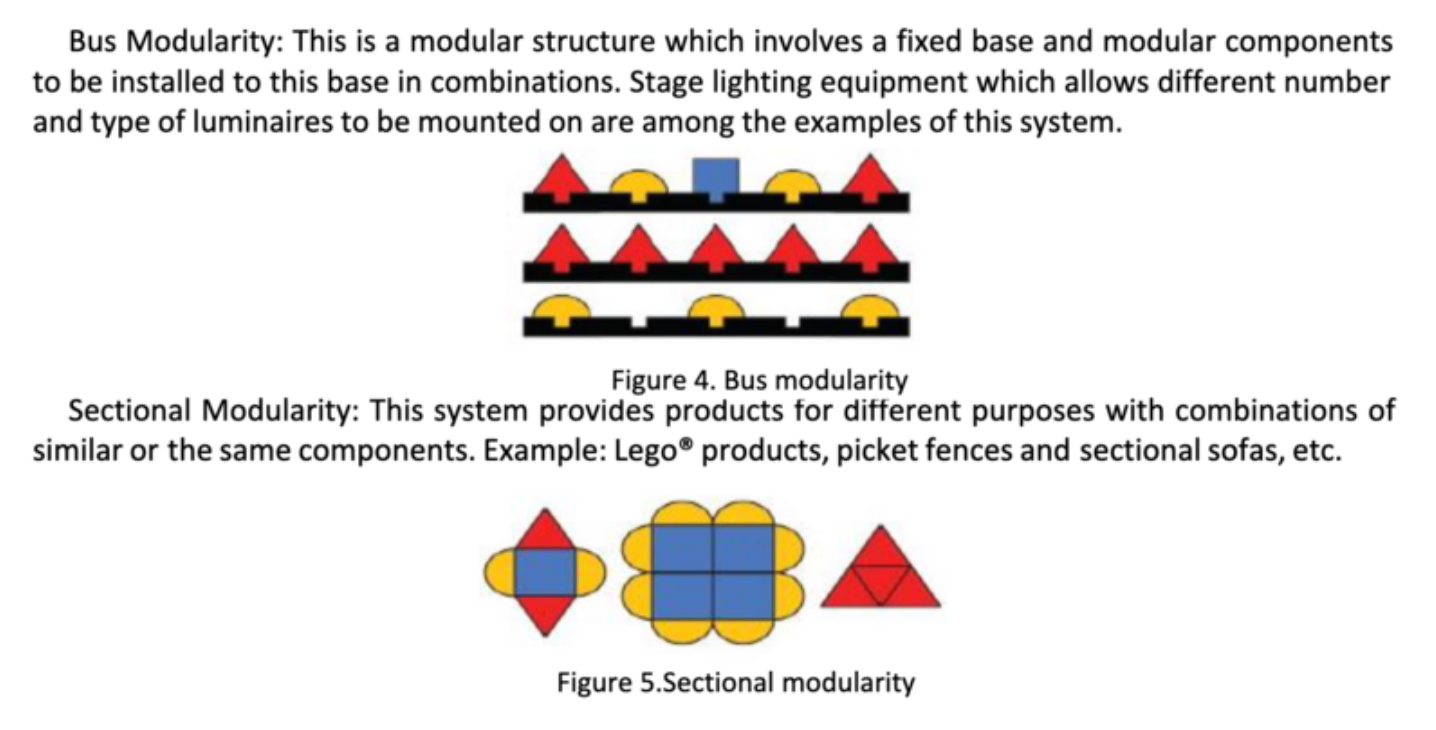
We want to adopt the strategy of mass customization which allows for the change, assembly and modification of a product according to desires/needs of the customer.
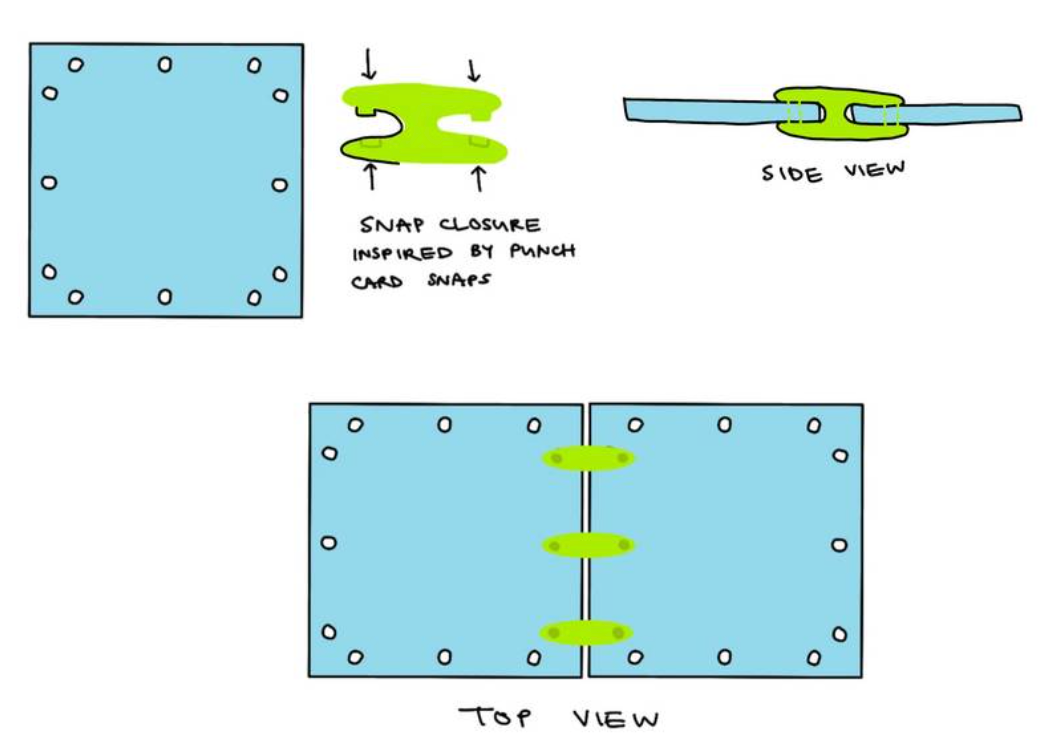
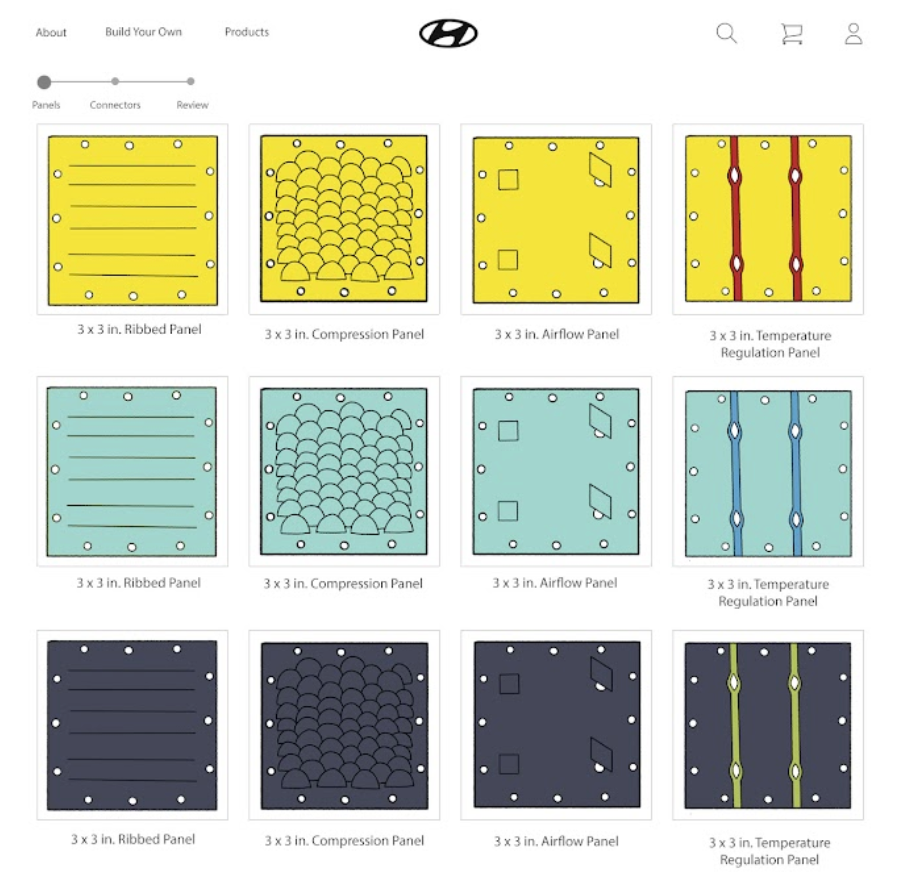
Spare modules can be applied to existing products and meet the demands of new products
Mass customization combines mass production with individualism. Allowing for low production costs while responding to the demands and expectations of customers.
Color PALETTE
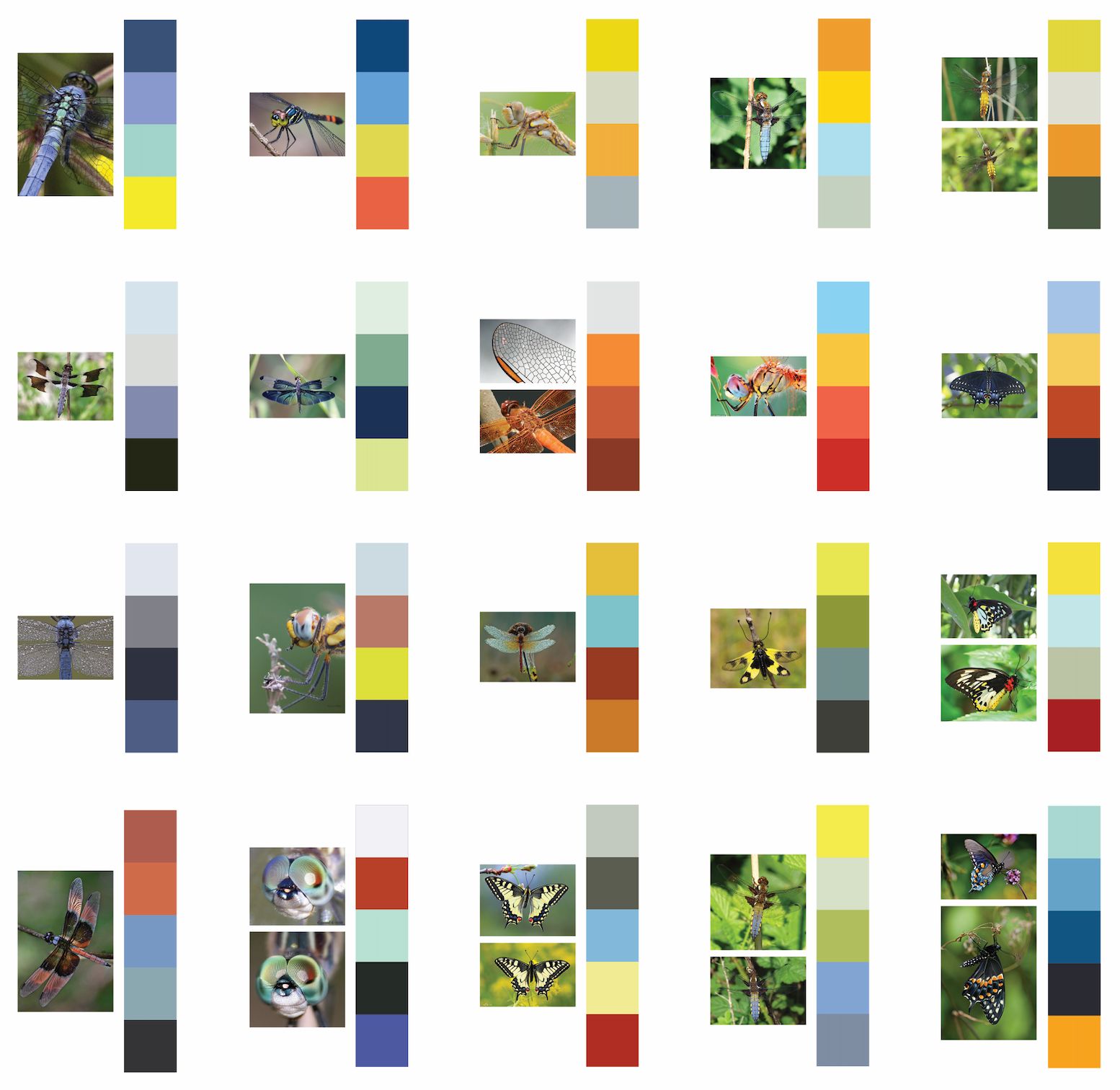
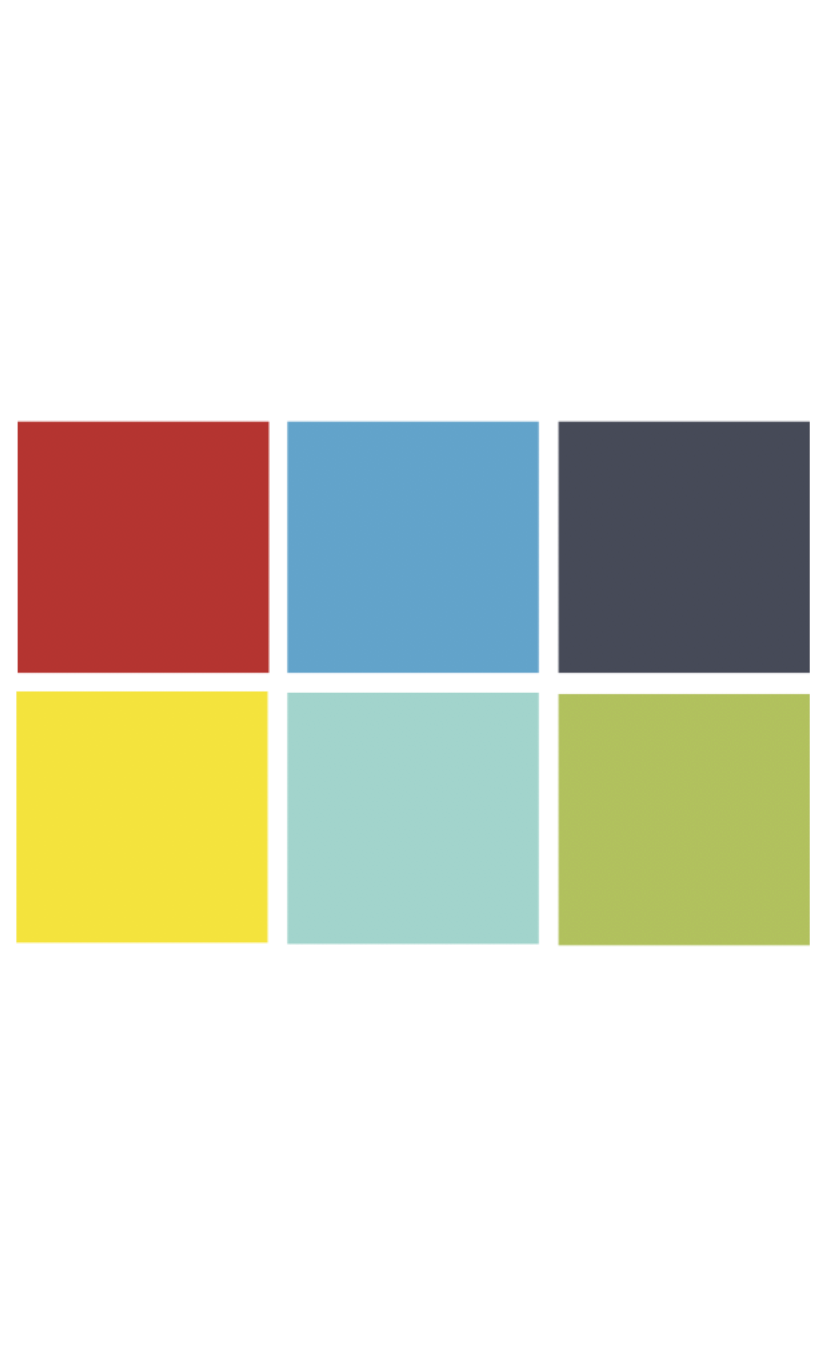
Looking beyond cockroaches, we found color inspiration from other insects to broaden our color palette.
Left: Color inspiration from various insects
Right: Final color palette
PRESS


